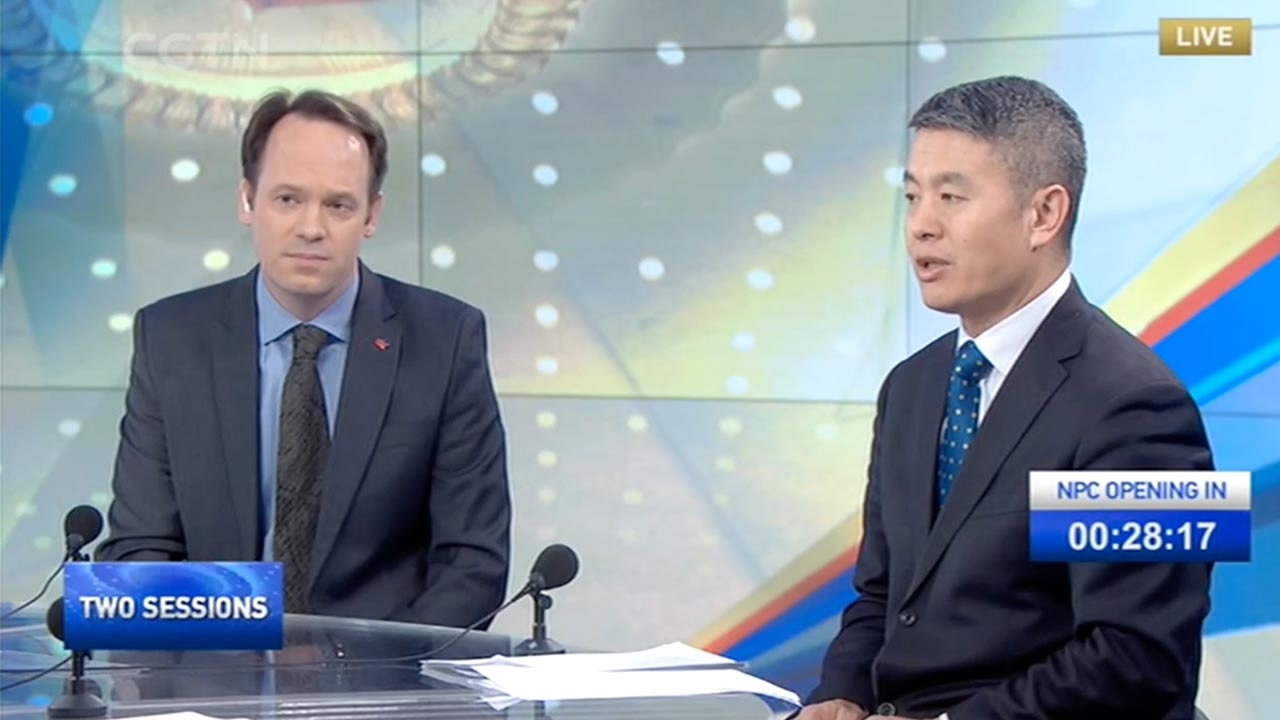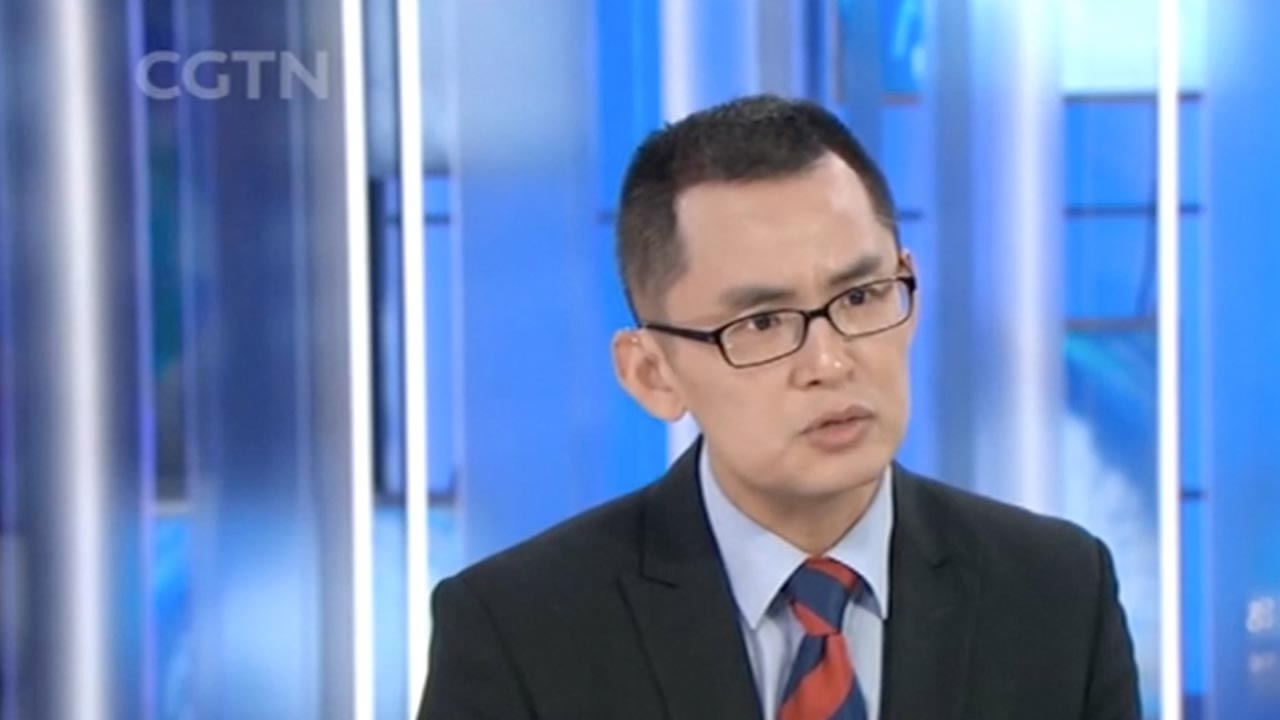
Business
11:00, 06-Mar-2017
Experts discuss growth target, structural reforms announced at Two Sessions
Updated
10:57, 28-Jun-2018

Experts reacted Sunday to a new Chinese government work report and Premier Li Keqiang’s address to the opening session of the National People's Congress (NPC) which pledged to continue reforms to reach an economic growth target of about 6.5 percent this year despite challenges ahead.

Chinese Premier Li Keqiang delivers a government work report during the opening meeting of the fifth session of China's 12th NPC in Beijing, capital of China, March 5, 2017. /Xinhua Photo
Chinese Premier Li Keqiang delivers a government work report during the opening meeting of the fifth session of China's 12th NPC in Beijing, capital of China, March 5, 2017. /Xinhua Photo
2017 will be a very sensitive year given uncertainties in the international market and a slowing domestic economy, Zhang Jianping, director-general of the center for regional cooperation at the Chinese Academy of International Trade and Economic Cooperation, noted.
Adam Dunnett, secretary-general of the European Union Chamber of Commerce in China, meanwhile welcomed the “encouraging” comments by President Xi Jinping at the World Economic Forum in Davos, Switzerland, in January, noting that China had taken a leadership role even as the world grows more protectionist.

In his address on Sunday, Premier Li said China would target an economic growth rate of 6.5 percent of gross domestic product this year, down from last year’s target of between 6.5 and 7.0 percent.
With positive economic indicators, like growth and consumer prices, China might even reach 6.6 or 6.7 percent, according to Zhang.
But even just delivering 6.5 percent economic growth would be ambitious, said Dunnett. The important thing was that China now implement supply-side structural reforms. And achieving its 6.5 percent growth target at the same time could prove tricky, he said.

Both Zhang and Dunnett called for more openness to foreign investment. While China’s economy has been opening up gradually, “there are still large areas of the economy that private sector in China can’t get into,” and in sectors like banking or insurance, foreign investors can only get access through joint ventures, unlike in other countries, said Dunnett.
“The opportunity is to open up the market more to release market forces to grow the economy,” he added.
China’s service sector currently makes up just 52 percent of gross domestic product, compared with a world average level of 60 percent, according to Zhang. As the world’s second biggest economy, China needs to do more, he urged.
Another issue address in the work report was overcapacity in certain sectors, a problem China has been fighting for a long time, especially with coal and steel.
Economic tools, including an environmental tax, could help force enterprises to take action, said Zhang. At the same time, there was some sign of progress in the past year, Dunnett noted. “One thing is recognizing the problem, the other is what’s the actual result with the measure you’ve taken. In the past it (overcapacity) continued to grow … but last year we actually did see a reduction so I take that as a very positive sign,” he said.
9km

SITEMAP
Copyright © 2018 CGTN. Beijing ICP prepared NO.16065310-3
Copyright © 2018 CGTN. Beijing ICP prepared NO.16065310-3